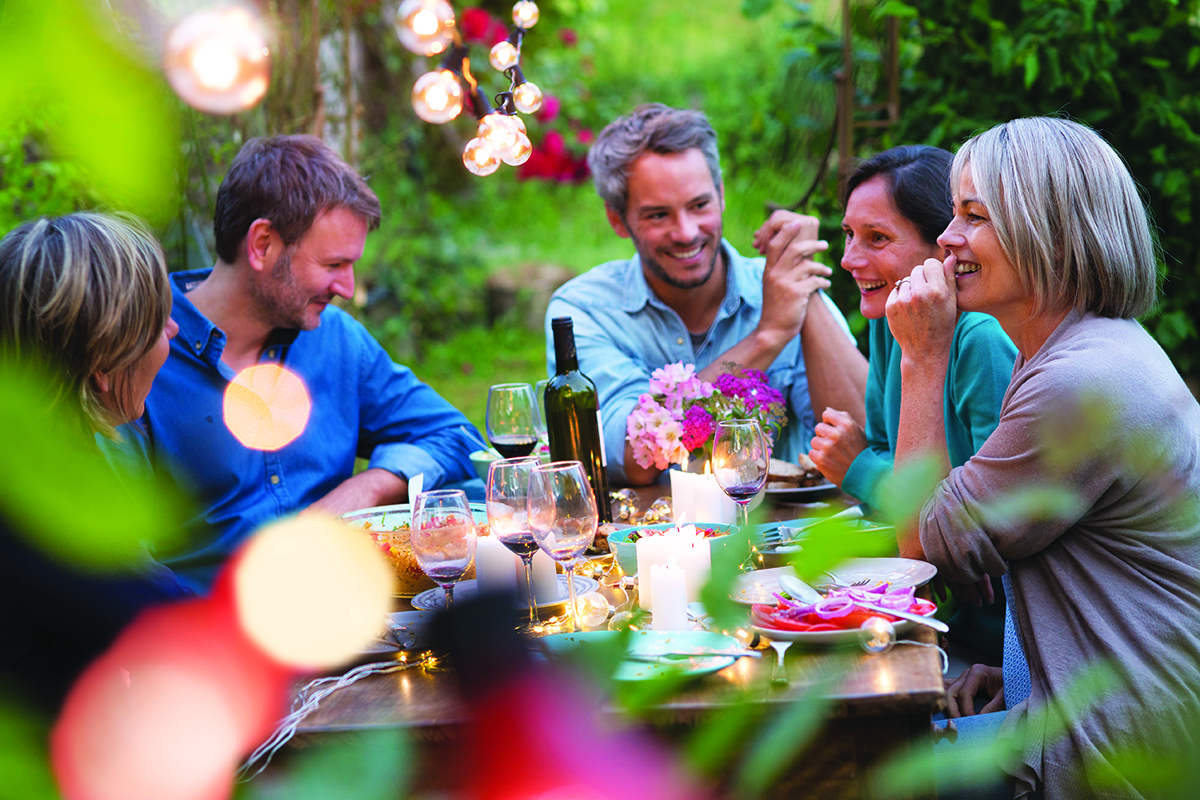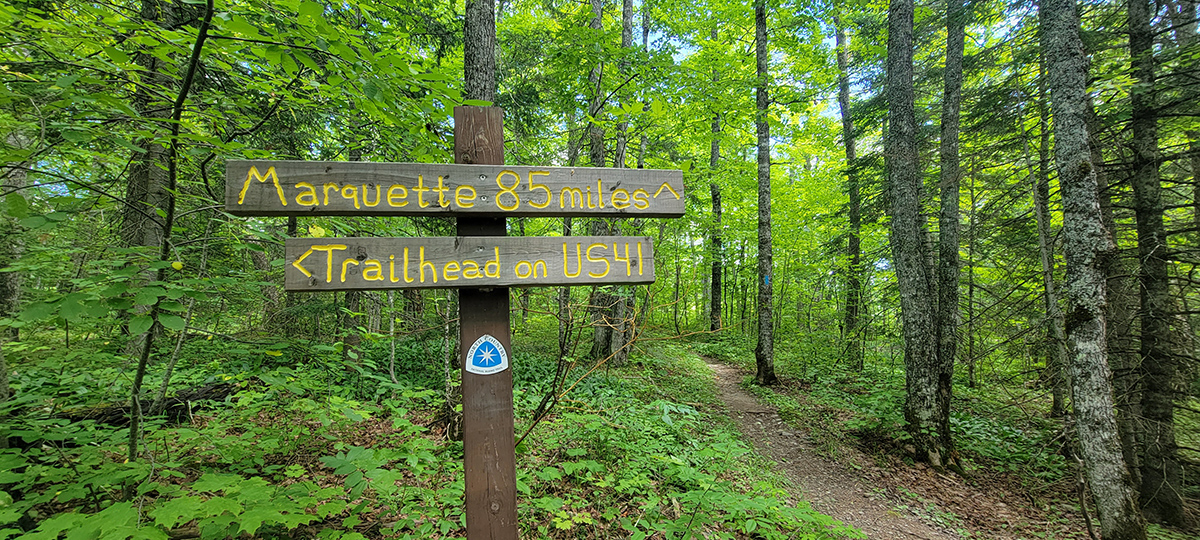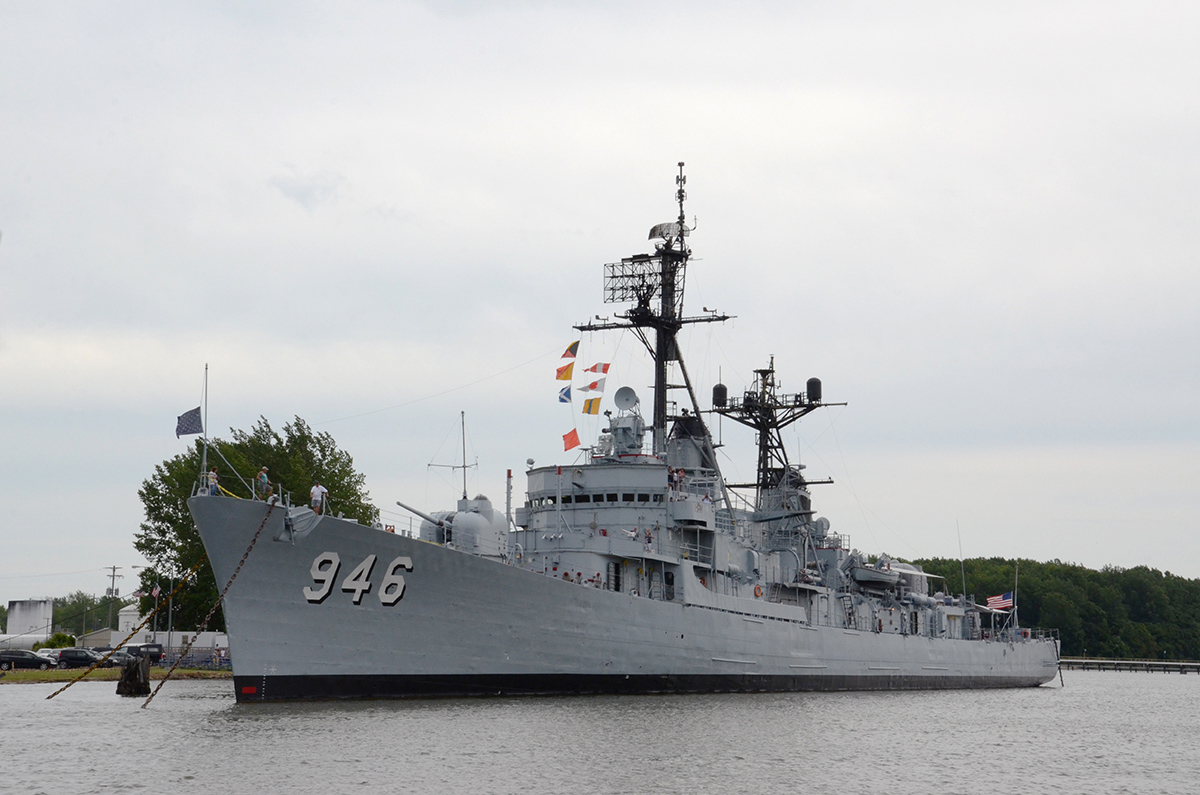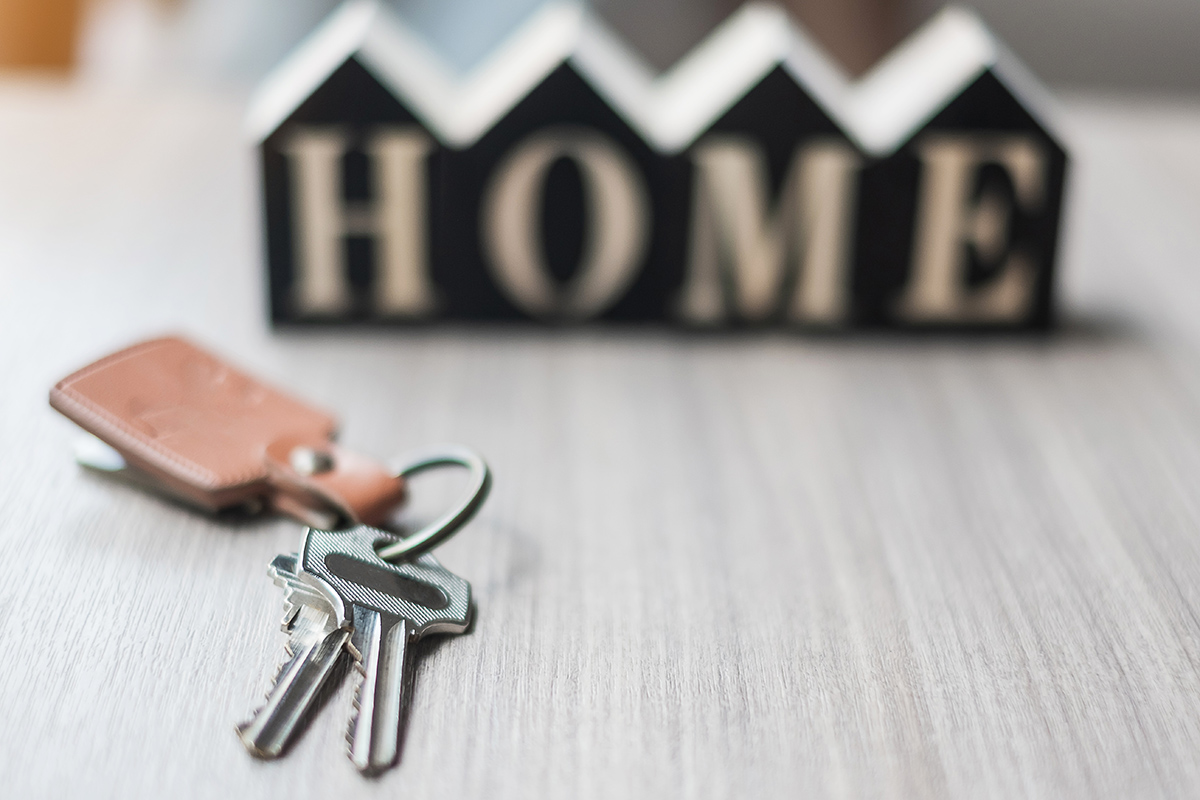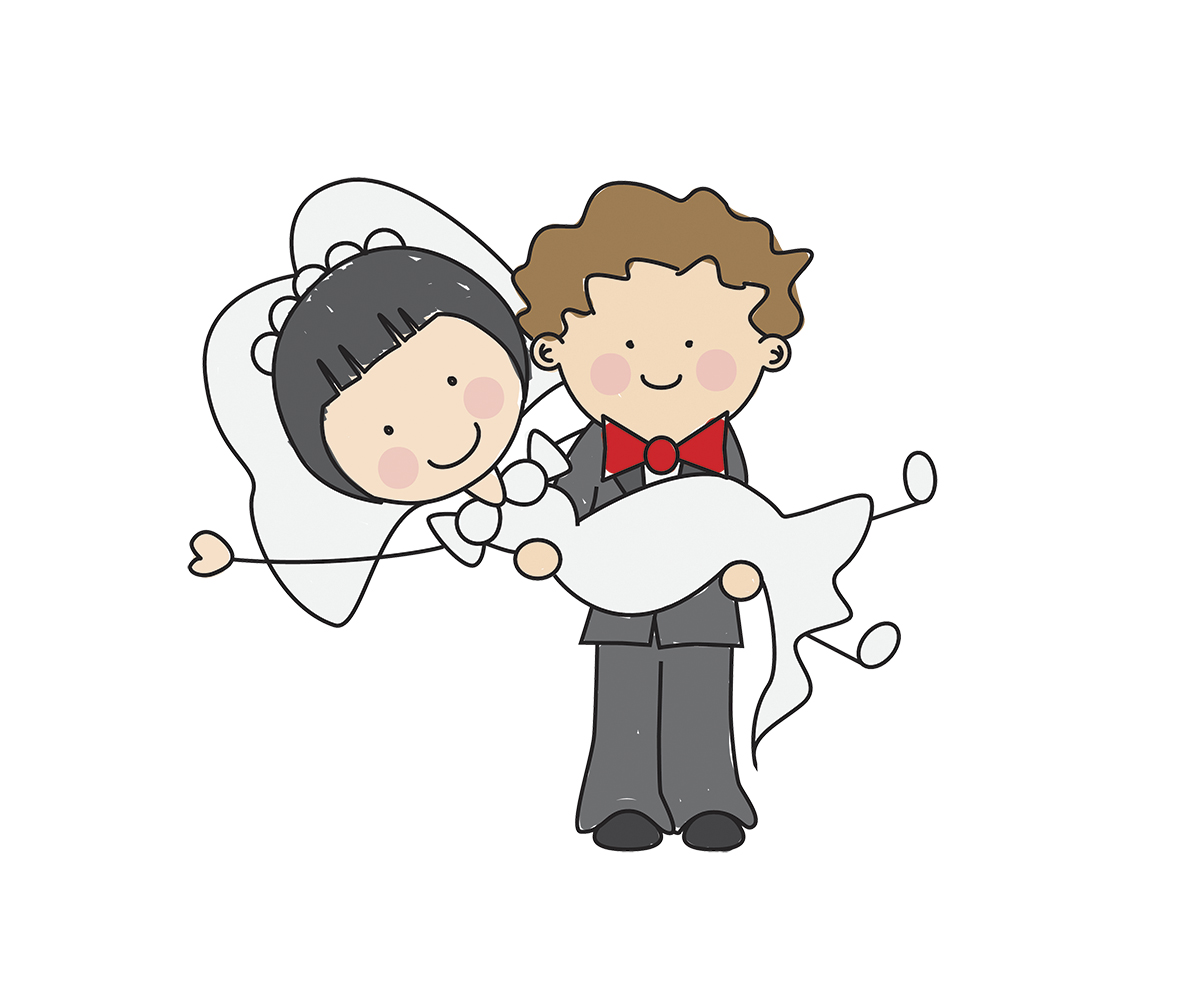WRITER | MANDY OWENS
There are many factors homeowners need to keep in mind in order to maintain the perfect second home, and one that’s coming right up is winterization. Here are the basic issues to address before leaving your little cabin in the woods for the last time before winter weather sets in.
WATER SYSTEMS
As the cold creeps in, you need to prepare your water systems. It is advisable for homes to remain at 20 degrees or above, but if you don’t intend to heat the home, schedule a time to have your water softener, water treatment, and sprinkler system winterized. There are crucial factors in keeping your water treatment system from freezing and bursting if it is not properly insulated and located in a garage, basement, or crawl space that will dip below 20 degrees.
If your water softener is installed in a location where it could freeze, you’ll want to enlist the help of a water treatment expert to properly inspect and drain your softener to avoid damage. Although tutorials for water softener winterization are easy to find online, water softeners are expensive and complex pieces of equipment, and it is recommended that you get an expert involved before proceeding. Not only will the experts be able to winterize your water softening system for you, they will also be able to provide help and advice that can only come from an experienced industry professional.
FURNACE
Change the furnace filters before leaving your home; it does make a difference for airflow. Dirty filters restrict airflow and increase energy demand. New filters also help prolong the life of your furnace and minimize airborne bacteria and dust. By changing the filter before you close up for the season, your furnace will run more efficiently and cleanly while you’re gone.
PESTS
Make your home unattractive to pests large and small:
- Vacuum your home thoroughly to help keep new “residents” from moving in.
- Clean, defrost, and unplug refrigerators and freezers, wiping them dry and leaving doors propped open to prevent
- Clean the oven.
- Ensure that all food items are removed or are thoroughly sealed in metal containers so that they don’t attract pests.
- Have chimneys professionally inspected and, if necessary, cleaned to ensure that they are free from obstructions. Screencaps are a wonderful way to prevent obstructions in the first place.
AIR CONDITIONING UNITS
This is an easy one to do yourself and will result in saving you a few pennies next summer. You should start by raking away all the leaves, removing branches and debris, and then hose off the air conditioner and let it dry for a few hours. It’s best to cover the A/C unit with a tarp or waterproof cover.
WATER HEATER
Most water heaters are set at around 140 degrees Fahrenheit when in use. It is recommended that you turn the water temperature down to 120 degrees when it isn’t in use for a while to reduce water heating costs.
Your water treatment system service technician can winterize the water heater while taking care of the rest of the water appliances.
DOORS AND WINDOWS
Installing storm doors and storm windows can make a significant difference in cost when the frigid wind blows. By increasing energy efficiency and decreasing drafts, your furnace won’t have to work so hard while you’re gone.
EMERGENCY PREPARATION
Make sure that smoke alarms are installed throughout the house and that batteries are updated. It’s also advisable to notify local police and fire departments that you will be away. Employ a caretaker or ask a trusted friend or neighbor to keep an eye on your home and be available in case of an emergency. Provide them with access to your home so they can regularly monitor heating, electrical, and water systems.
There you have it, a full list of things to consider and check off as you prepare to leave your home for a while. By taking these steps, you can rest assured that you have taken the proper precautionary measures to protect your second home.




